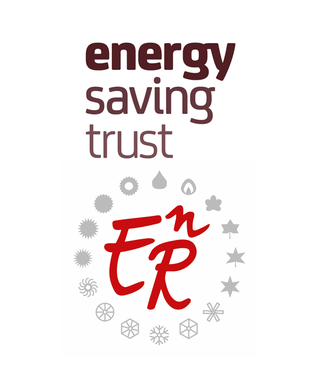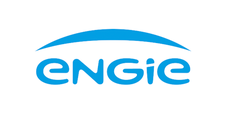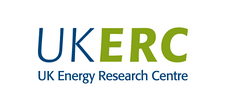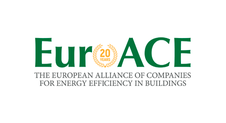Search eceee proceedings
Costs and benefits of optimizing hydronic performance of water-based heating and cooling systems
Panel: 8. Buildings: technologies and systems beyond energy efficiency
This is a peer-reviewed paper.
Authors:
Stephan Kolb, Danfoss, Belgium
Matjaž Osojnik, Danfoss Trata d.o.o., Slovenia
Abstract
The paper presents physical, economical and practical aspects of optimizing hydronics in heating and cooling systems using water as energy medium by hydronic balancing. The scope covers residential and non-residential buildings with fan-coil, surface and radiator heat emission systems and addresses impacts on building performance under typical, dynamically varying operating conditions.
The paper starts with a qualitative assessment of different hydronic balancing approaches in heat emission, distribution, generation and the consequences for overall building energy use. Then, key results of new independent research on costs and benefits of upgrading buildings with existing technologies for static and dynamic balancing is presented.
The analysis of energy consumption benefits in actual building operation is based on data from validated field tests and from calculation methods of new EPB standards. It distinguishes cases of different energy need/envelope characteristics of older and newer buildings. A qualitative assessment of impacts on occupant well-being is also provided. The cost side analysis covers practicalities and challenges for installation and commissioning of hydronic balancing technologies in buildings and their building automation and control systems. It is shown that under conservative assumptions end-use energy savings of about 10 kWh/m2/a are achieved.
Consideration of full costs for equipment, installation and commissioning results in amortization periods that are in many typical retrofit scenarios cases below 5 years. The paper closes with recommendations for implementation of related elements of the amended energy performance of buildings directive.
Downloads
Download this paper as pdf: 8-304-19_Kolb.pdf
Download this presentation as pdf: 8-304-19_Kolb_Presentation.pdf
Panels of
1. The dynamics of limiting (energy) consumption
2. What's next in energy policy?
4. Monitoring and evaluation for greater impact
5. Smart and sustainable communities
7. Make buildings policies great again
8. Buildings: technologies and systems beyond energy efficiency
9. Improving energy efficiency in ICT, appliances and products

























